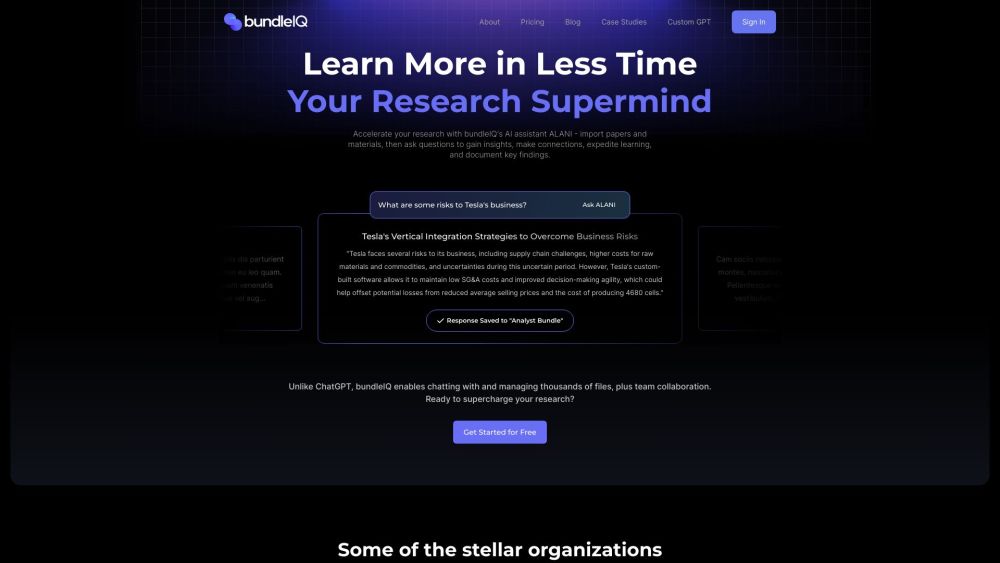On August 1, the European Union's comprehensive regulation on artificial intelligence, known as the Artificial Intelligence Act, officially came into effect, just 20 days after its final complete version was released. This landmark legislation aims to ensure that AI developed and used within the EU is trustworthy and includes safeguards to protect fundamental rights.
The Act seeks to establish a unified internal market for AI in the EU, promoting technology adoption and creating a supportive environment for innovation and investment. Violations of the Act’s regulations on prohibited AI applications could lead to fines of up to 7% of global annual revenue, with other obligations carrying penalties of up to 3% and misinformation penalties reaching as much as 1.5%. All provisions of the Act will be fully applicable within two years, though some elements may come into effect sooner.
The Artificial Intelligence Act provides forward-thinking definitions based on the EU's product safety standards. It categorizes AI systems into several risk levels:
1. Minimal Risk: Most AI systems, such as recommendation algorithms and spam filters, fall into this category. These systems pose minimal risks to citizens' rights and safety, exempting them from obligations under the Act. Companies may voluntarily adopt additional codes of conduct.
2. Specific Transparency Risk: AI systems like chatbots must clearly inform users that they are interacting with a machine. Certain AI-generated content, including deepfakes, must be labeled accordingly. When using biometric classification or emotion recognition systems, users need to be notified. Moreover, providers must ensure synthetic audio, video, text, and images are labeled in a machine-readable format to indicate they have been artificially generated or manipulated.
3. High Risk: Identified high-risk AI systems will have to adhere to stringent requirements, including risk mitigation measures, high-quality datasets, activity logs, detailed documentation, clear user information, human oversight, and robust accuracy and cybersecurity. Regulatory sandboxes will support the development of responsible AI innovations. Examples of high-risk applications include AI used for recruitment, assessing loan eligibility, and controlling autonomous machines.
4. Unacceptable Risk: AI systems that pose a significant threat to fundamental rights will be prohibited. This includes systems that manipulate human behavior against free will, such as AI-driven toys that encourage risky behavior in minors, social scoring systems used by governments or corporations, and certain predictive policing applications. Additionally, particular uses of biometric systems, like emotion recognition in the workplace and real-time remote identification systems used for law enforcement in publicly accessible spaces, will be banned with very few exceptions.
This legislation marks a significant step towards responsible AI management within the EU, aiming to balance innovation and ethical considerations in technology.




